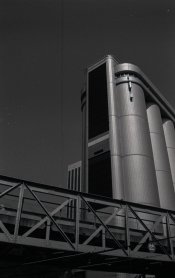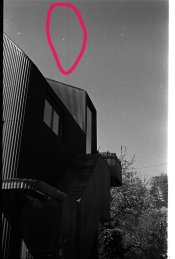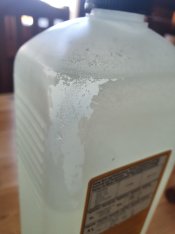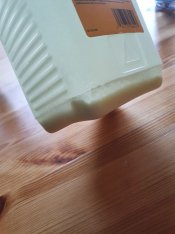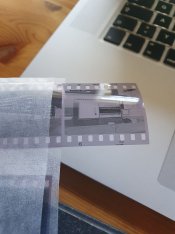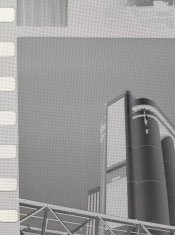I just startet developing Kodak Tri-X 400 and i have so many Spots on the Image that its almost impossible to retouch. Also i feel that the light in the sky is not even.
Plus in every image i have a black stripe going thru the picture. This darker stripe apears also in the negative.
The film is shot at boxspeed.
I do a prewet for 5min, Rodinal for 7min, Stopbath with just Water, Kodak T-Max Fixer for 4min, Wash for 5min, Photoflo for 30sec.
After the negative is dryed i also have a lot of wet marks on the negative.
Having a pretty ruff start to developing black and white.
Plus in every image i have a black stripe going thru the picture. This darker stripe apears also in the negative.
The film is shot at boxspeed.
I do a prewet for 5min, Rodinal for 7min, Stopbath with just Water, Kodak T-Max Fixer for 4min, Wash for 5min, Photoflo for 30sec.
After the negative is dryed i also have a lot of wet marks on the negative.
Having a pretty ruff start to developing black and white.


